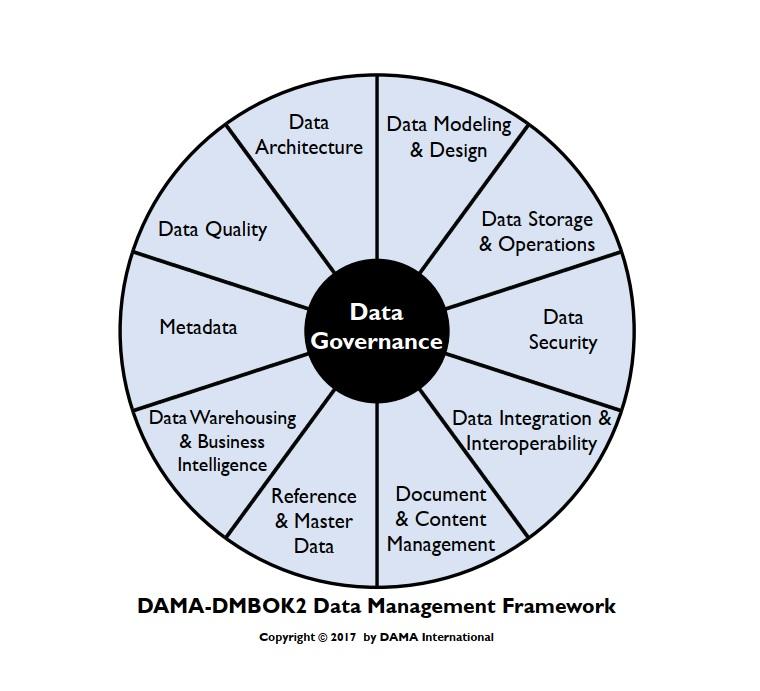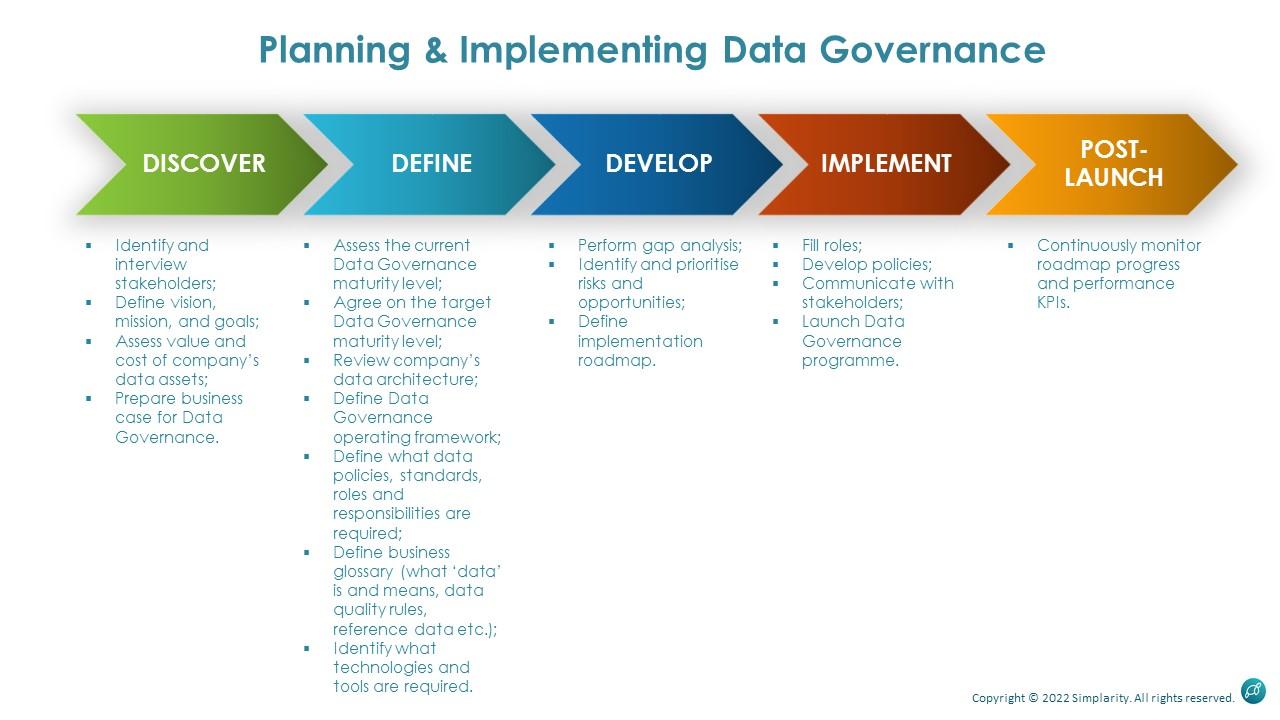
Data driven company…
We hear these three words more and more often. Recent research by IDC [1], sponsored by Tableau, has showed that 83% of CEOs want their organisations to be more data driven. Why? There are a number of benefits of having strong data culture, such as greater competitive differentiation, increased profits and revenues, higher customer and employee satisfaction. Perhaps, even your company has decided to launch a company-wide strategic initiative, like ‘building a data culture’, in order to fully realise the value of the company’s data assets.
However, becoming a ‘data driven’ business is not an easy task, particularly for mainstream legacy companies. According to the IDC’s survey, only 16% of organisations in the UK are data leading.
Companies face many challenges when they embark on the journey to become a data-centric business. In my opinion, the biggest challenge for many companies is the requirement of a holistic approach, which considers all elements of Data Management rather than focuses on a couple of data management elements (Figure 1). Nowadays, to satisfy data-related regulatory compliance requirements companies usually have a number of data management policies and standards, for example, related to data security and data access. However, companies often underestimate the importance of Data Governance, which in the DAMA DMBOK2 framework is recognised as the central element in Data Management because it guides all other data management functions. Moreover, it is often wrongly viewed as just an IT function, not a business function.

Figure 1. The DAMA-DMBOK2 Data Management Framework (The DAMA Wheel).
Data Governance is the exercise of authority and control (planning, monitoring, and enforcement) over the management of data assets. The purpose of Data Governance is to ensure that data is managed properly, according to policies and best practices. Data Governance focuses on how decisions are made about data and how people and processes are expected to behave in relation to data.
(DAMA DMBOK2)
Where to start? The first step towards a data driven business is the recognition of the importance of Data Governance by company’s senior leadership team. The Data Governance programme should have a senior leadership owner to ensure that the programme
If your company is just starting its journey, the best approach to introducing Data Governance would be Seiner’s Non-Invasive Data Governance™ approach [1]. It “builds a Data Governance program based on existing roles and responsibilities” rather than by forcing employees to accept Data Governance tasks and responsibilities.
There are also four key roles (and responsibilities) that need to be defined and filled to increase chances of a successful implementation of Data Governance programme at your company (Figure 2):

Figure 2. Stages of a Project on Data Governance Implementation
It is highly likely that the implementation of Data Governance will also require a cultural shift in the way the company operates and thinks about data. Therefore, there will be a need to run in parallel a change management programme, which supports the required organisational cultural change:
What to take home…
Since each company is unique, the approach to its transformation into a data driven business needs to be tailored accordingly. However, there are three key considerations that will help any company with the evolution:
[1] Dennis, A.L., (2018) ‘Starting a Data Governance Program: What Does it Take?’, Dataversity, 14 March [Blog]. Available at https://www.dataversity.net/starting-data-governance-program-take/
[2] NASCIO (2009b) Data Governance Part III: Frameworks. Structure for Organizing Complexity, Lexington, KY, NASCIO [Online]. Available at https://www.nascio.org/wp-content/uploads/2019/11/NASCIO-DataGovernancePTIII.pdf
[3] NASCIO (2009a) Data Governance Part II: Maturity Models. A Path to Progress, Lexington, KY, NASCIO [Online]. Available at https://www.nascio.org/wp-content/uploads/2019/11/NASCIO-DataGovernancePTII.pdf
Copyright© 2020-2024 Simplarity Limited